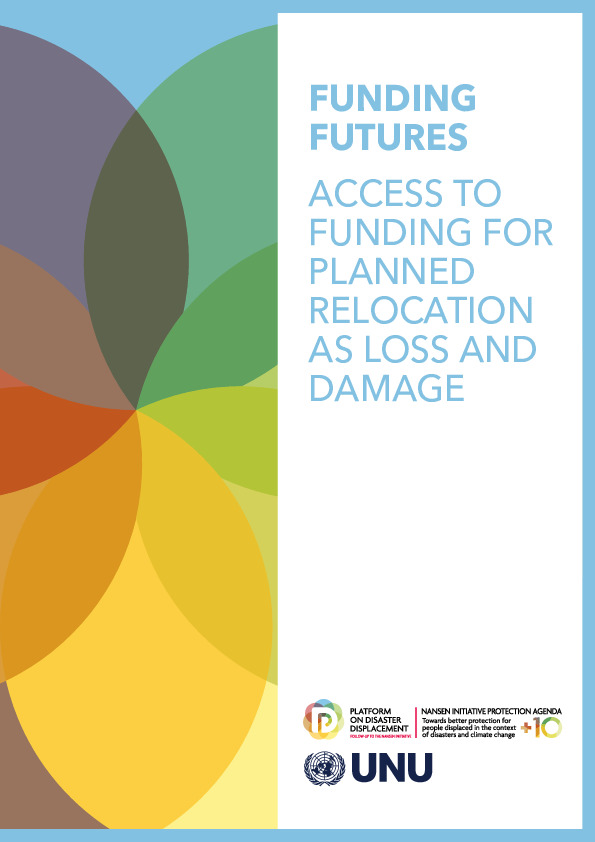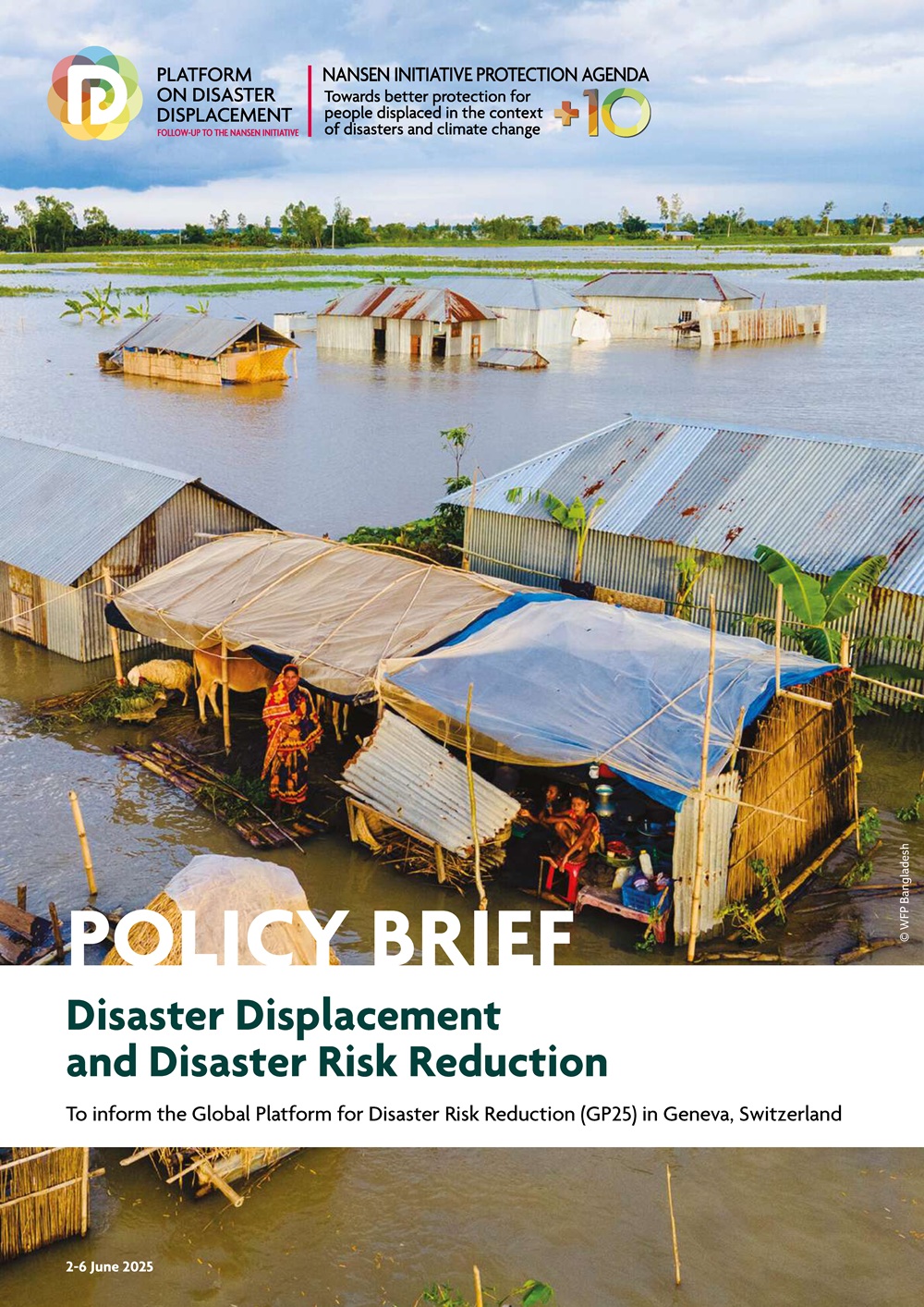Groundswell Part 2 : Acting on Internal Climate Migration
The World Bank
Climate change is an increasingly potent driver of migration. There is an urgent need to better understand how escalating climate change impacts may affect internal migration patterns in the coming decades—to drive better informed and evidenced-based policy and planning. Governments and development partners can no longer assume that population distribution, development trends, and livelihoods in rural and urban systems will remain unchanged in the face of climate change.
The first Groundswell report, published in 2018, used a robust and novel modeling approach to help understand the scale, trajectory, and spatial patterns of future climate migration within countries, with a focus on three regions: Sub-Saharan Africa, South Asia, and Latin America. This report, which builds on the 2018 Groundswell report, presents new regional analyses that reaffirm how climate-driven internal migration could escalate in the next three decades. Looking at slow-onset climate change impacts on water availability and crop productivity, plus sea-level rise, it highlights the urgency for action as livelihoods and human well-being are placed under increasing strain.
This second Groundswell report applies the same approach to three new regions: the Middle East and North Africa, East Asia and the Pacific, and Eastern Europe and Central Asia. Qualitative analyses of climate-related mobility in countries of the Mashreq and in Small Island Developing States (SIDS) are also provided. The two reports’ combined findings provide, for the first time, a global picture of the potential scale of internal climate migration across the six World Bank regions, allowing for a better understanding of how projected climate change impacts, population dynamics, and development contexts shape mobility trends. They also highlight the far-sighted planning needed to meet this challenge and ensure positive and sustainable development outcomes.




